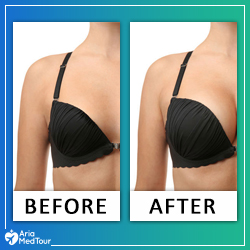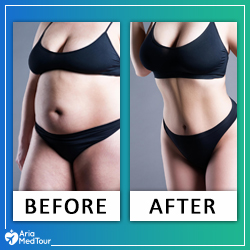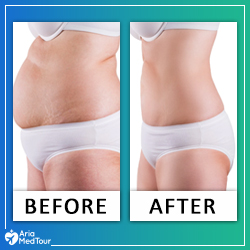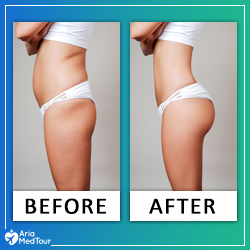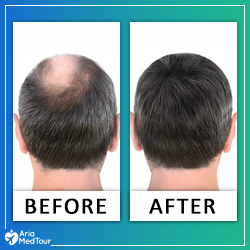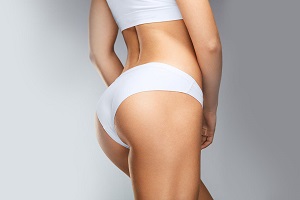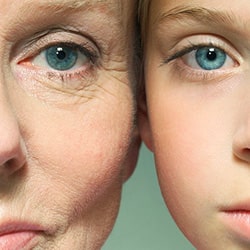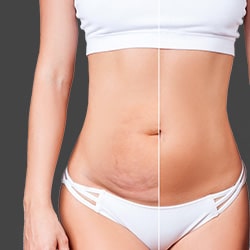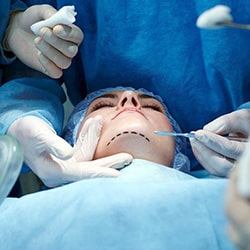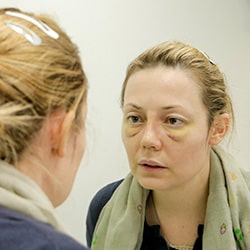Are you feeling unhappy about your look every time you are in front of a mirror? Is it bothering you to see those sagging skin, jowls, or deep wrinkles around your eyes? These signs of aging might be results of stress, gravity or sun exposes. But no matter how you’ve got them, the facelift is a perfect way to say goodbye to them. Facelift or rhytidectomy can help you to improve your appearance and self-confidence.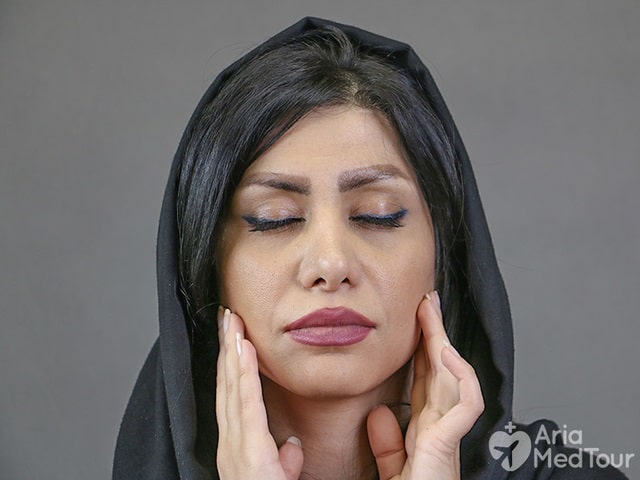
If you have decided to undergo a facelift, understanding the healing process is as important as the surgical procedure itself. Remember, it might take months to see the final results, but the facelift recovery only takes around 30 days. It mainly depends on the type of procedure you will have along with other factors such as health status and age. So, stay tuned to get a detailed insight into the facelift recovery timeline.
The first week of facelift recovery
Day 1
The first thing you should know is that you’re not going to look better immediately after the surgery! After the surgery, your face will be swollen and bruised. But no need to worry, as it is normal and temporary. You can use an ice bag to reduce the swelling. Also, your doctor will give you instructions about dressings and will set a follow-up visit.
Moreover, while some patients experience pain and discomfort, others do not feel pain. Your doctor will prescribe painkillers. Nausea is another disturbing thing that you might feel on the first day. If it is the case for you, make sure to inform your doctor about your nausea.
Do not forget to get help and support from your family and friends. You will be dazed and sleepy for a while after the anesthesia. You need them to drive you from the hospital to home and assist you with your daily activities.
IMPORTANT: DO NOT BEND FORWARD YOUR HEAD FOR TWO WEEKS
Without using any pillow, try to elevate your head and shoulders on a 45° angle wedge. You can use a reclining chair if you wish. This is a crucial thing to do in the first days as it reduces the recovery time. And more importantly, you don’t want to create any facial asymmetry. Do not turn your neck and head to sides, if you want to turn, move your head and shoulder altogether.
You might already know this but DO NOT SMOKE! And, avoid too many facial movements like smiles, frowns, and chewing.
Day 2
You will see your doctor in a follow-up visit. He or she will remove or change your surgical dressings. Your swelling and bruises will be checked to make sure they are normal and have no sign of infections.
At this time, if your doctor removes your dressing, you will begin to notice the changes in your face.
After your dressings and drains have been removed, you may wash your hair. Baby shampoo is your best choice. Be gentle, it might take a week and several washing sessions for crusts and ointment to be completely removed. Do not use any conditioner, gels, or hairsprays. If you want to wash your face, use a mild soap and avoid any sudden movement.
Day 3
Your swelling and bruising are normally at their height in this day. If you feel discomfort, it is better to take painkillers. You should spend most of your day lying down and resting. Also, you can move around a little to avoid muscle stiffness.
The rest of the first week
You are allowed to do light daily activities now. Finally, swelling and bruises will be partly healed and you will be able to see the surgery results more clearly.
Week 2 and 3 of facelift recovry
During the second and third weeks of your facelift recovery, you might still have some swelling and bruising, but they are much better than they were in the beginning. Some people might experience numbness and stiffness in the exposed areas of their face.
Remember, you should still avoid bending your head or turning your neck and keeping your daily activities light and simple. You may feel good enough to return to your work, but you should only do this if your work does not require intense physical activity.
In the last days of the third week of rhytidectomy recovery, you will notice marked improvements in your appearance and skin. Those irritating swelling and bruising should be gone by this time and you will hardly notice them.
Week 4 of facelift recovery
At this point, people won’t be able to tell that you had a facelift. Your incisions will completely heal by this time. Also, your scars might seem pale pink which will disappear in the following months.
You can go back to your normal life and enjoy the compliments about your new face.
Other dos and don’ts for face lift recovery
- Do not use hair straighteners, flat irons, curling iron, or wear a hairpiece for three weeks after the surgery
- Dry your hair with a hairdryer set on cool blow
- Do not color your hair for three weeks after the surgery
- Do not wear pullover clothes for three weeks after the surgery
- If you experience a fever, redness in your surgical area, vomiting, shortness of breath, diarrhea, rash, or any unusual pain, consult your doctor
- Do not wear cosmetics for ten days after the surgery
- If you had concurrent eyelid surgery, do not wear eyelid or eyelash cosmetics for seven days after the surgery
- Avoid exposing to the direct sun; use a sunscreen with SPF of at least 20 for at least six months, even in cloudy days
- Use moisturizing creams like Vaseline to gently message the bruising area
If you have any further questions regarding facelift and its recovery, you can contact us and have a free online consultation.


